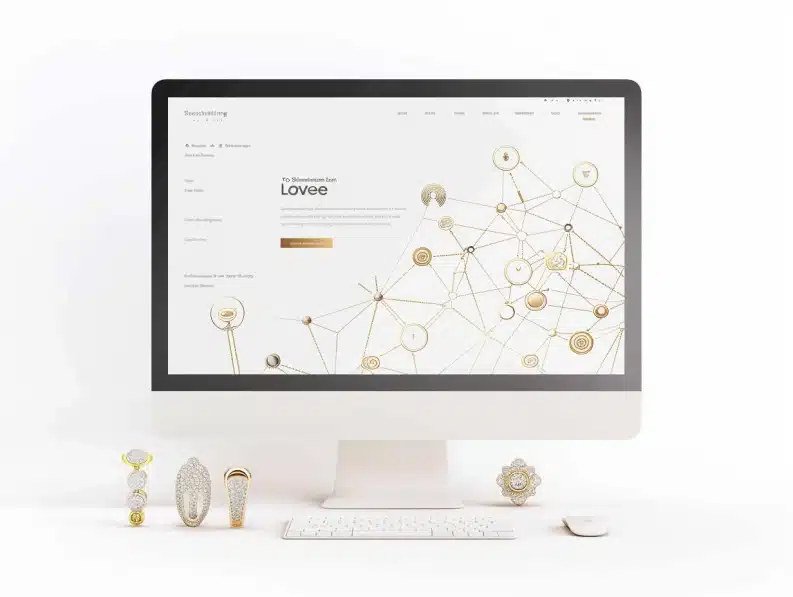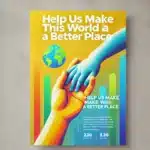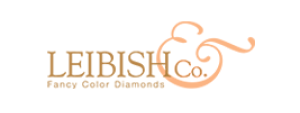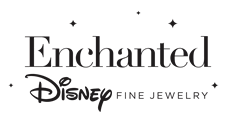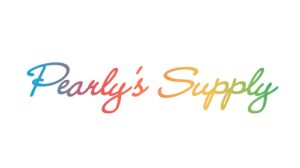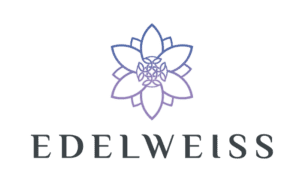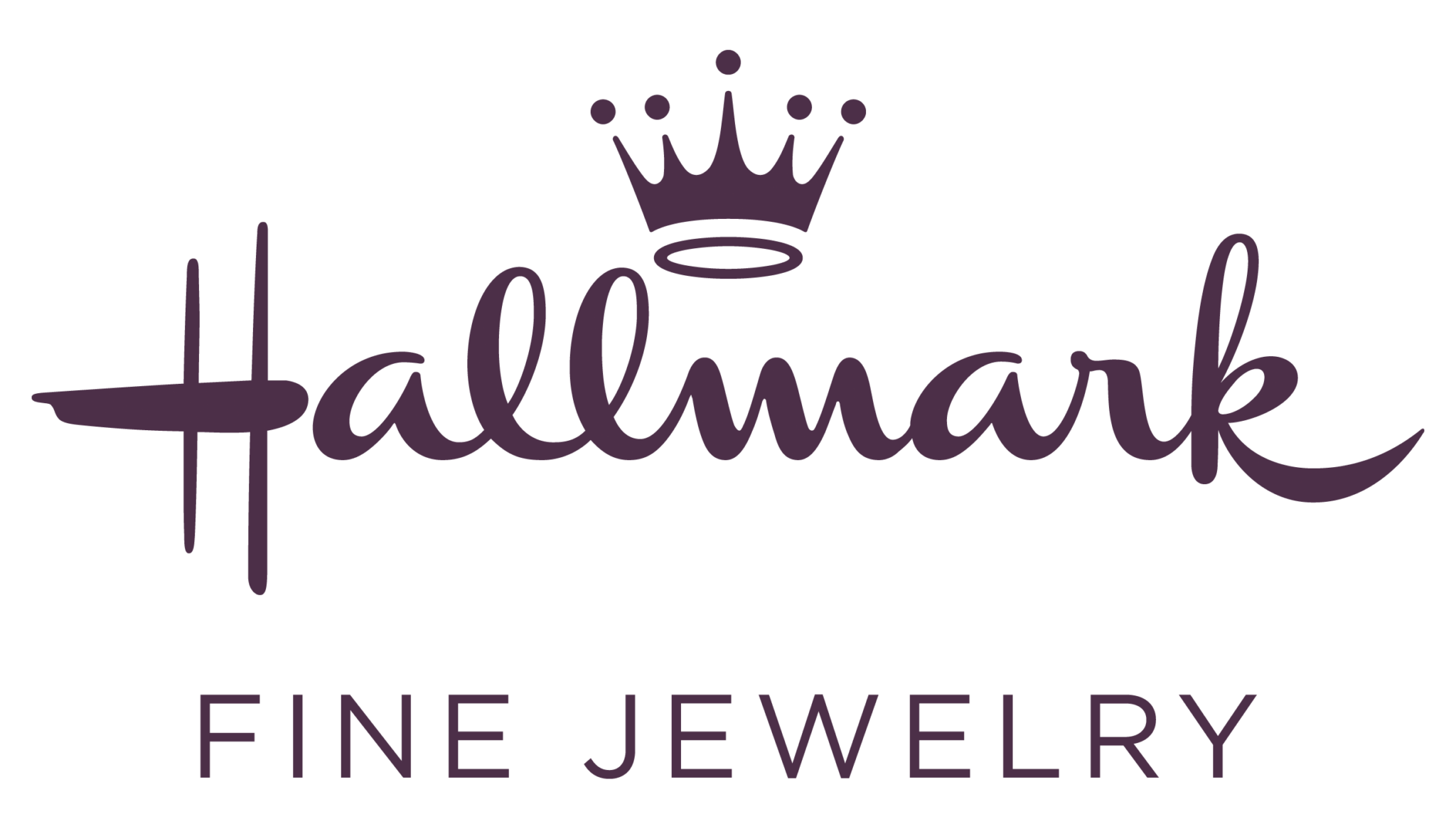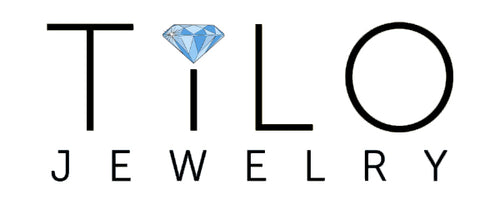The always-changing website content. Requiem for a Dream.
The dream of any eCommerce manager or website manager is to have “the best” product title, description, etc., and never touch it again, watching pageviews and conversion ratio go up, and naturally sales pour into the CRM. The sound of “Kling-Kling-Kling” is music for the ears of jewelry eCommerce specialists. Why get distracted by regularly updating product information on the website or any other sales channel?
Unfortunately, life is not that simple. The need for data rotation comes from many sources:
- Different Sales Seasons. To sell jewelry online effectively before Black Friday, Halloween, and Valentine’s Day, your messaging, media, pricing, and all the content will look different. This extra mile can easily add 15% to 20% to sales.
- Updates to search algorithms. Google, Facebook, and all marketplace search engines regularly update their SERP algorithms, so the content must be adjusted accordingly.
- A/B testing. “You will never know before you try.” Only by rotating your jewelry titles, descriptions, and rest of data you will get the real feedback from the buyers, and stop working “intuitively”, meaning blindly.
- “Fresh content” benefit. All search engines prefer freshly updated content over the one stuck for three years. Sometimes, even minor changes “refresh” the product page and increase the traffic sent by the search engines to the webpage.

Basic (and still not-so-obvious) Product Data Requirements for every jewelry eCommerce website
Selling jewelry on your website isn’t a walk in the park. Thousands of dollars end in pockets of website developers, before your website is finally ready. But at this stage, the work only starts.
Big product catalogs characterize jewelry eCommerce. Thousands and sometimes tens of thousands of SKUs are quite normal for jewelry websites. And the most common horrifying question after getting your nice logo and the homepage live is: “How do I get all my jewelry online?”
Indeed, maintaining decent jewelry information is quite impossible without a jewelry PIM system in place. Or isn’t it? What is this “right product information” everyone is so crazy about?
Let’s describe less obvious aspects of a minimal product data set in the jewelry eCommerce website.
1. Three Product Titles. NOT One.
Having only one product title limits the potential of your product page. To fully optimize for search and engagement, you need three distinct titles:
- Short Product Title: For category and search pages (concise and informative).
- Main Product Title (H1): For the product page, detailed and informative.
- SEO Product Title: Optimized for search engines, around 150 characters, without special symbols.
Example:
- Short Product Title (for category/search page): “STELLA Solitaire Diamond Ring”
- Main Product Title (H1) (for the product page): “STELLA Elegant 14K White Gold Solitaire Engagement Ring with 1.5 Carat Round D/VS1 Diamond”
- SEO Product Title: “1.5 Carat Round Diamond Solitaire Engagement Ring 14K White Gold”
2. Four Product Descriptions. NOT One.
A single product description is insufficient to engage users and optimize for SEO. Effective product representation in eCommerce require multiple layers of descriptions:
- Short Product Description: 100-200 characters, providing a quick overview on the product page.
- Main Product Description: A detailed description (2-3 paragraphs) that enhances understanding and builds buyer confidence.
- Product Specifications Table: Product Information in the form of specifications is more important for expensive jewelry and in jewelry, whose main buyer persona is a man
- SEO Product Description: Optimized for search, around 150 characters, with a focus on keywords and readability.
Example:
- Short Product Description (100-200 characters): “A classic 1.5 carat round diamond solitaire set in 14K white gold, perfect for engagements or special occasions.”
- Main Product Description (2-3 paragraphs): “This timeless diamond solitaire engagement ring features a brilliant 1.5 carat round-cut diamond, expertly set in 14K white gold. The clean and simple design highlights the natural beauty of the stone, allowing it to catch the light and sparkle from every angle. Ideal for engagements, this ring is a symbol of elegance and everlasting love, making it a perfect heirloom piece.”
- SEO Product Description (150 characters): “STELLA BY JEWELRY DOME: 1.5 Carat Round Diamond Solitaire Engagement Ring in 14K White Gold for Special Occasions.”
3. Two Prices. NOT One.
Whether you are a jewelry retailer or a leading jewelry brand, Only showing a single price misses the chance to create a sense of urgency and highlight savings. The better practice is to display two prices:
- Higher “Full” Price: This could be MSRP or retail, which is crossed out to stress the current opportunity.
- Current Price: The price being offered, creating a visual comparison that highlights the discount.
4. Commercial Images. Not jewelry images.
A common problem with websites is that they display only the product itself. Relying solely on product images doesn’t showcase the full value of the jewelry and does not support the full purchasing experience. Including additional commercial images helps provide a richer context and increase trust:
- Supporting Images: Certificates, packaging (box images), appraisals, brand vision, care instructions, “Why Buy From Us” infographics, supported social causes – all these make the purchase experience more satisfying for the buyers
- Seasonal Images: Photos that align with special occasions, such as holidays or events, to drive thematic sales.
5. Product Variations and Customization
Failing to show product variations limits cross-selling and trust-building. Offering variations directly on the product page increases engagement:
- Product Variations: Show alternate options, such as different colors, sizes, or materials, which allows cross-selling, increases trust, and provides better offers across various price ranges.
- Customization options: 80% of over-$1000 jewelry sold online is made-to-order and customized before shipping. This can be reached by combining real items with virtual jewelry inventory.
0. Always-changing content. Now as never before.
As we wake up from the eCommerce manager’s dream, the need for constantly rotating product information on the website becomes clear.
- Five main jewelry sales seasons in the US market are Black Friday, Christmas, Valentine’s Day, Mother’s Day, and Off-season sales. Why is the last one important? It requires its own set of jewelry information and because the seasonal sales booms add up much less to yearly sales than 10 years ago.
- The classical A/B testing expanded to more effective A/B/C testing, requiring even more product data, including temporary one, and ability to generate and rotate it in bulk quickly.
- Active adoption of AI brings fundamental changes in online consumption, jewelry eCommerce best practices, and content requirements.
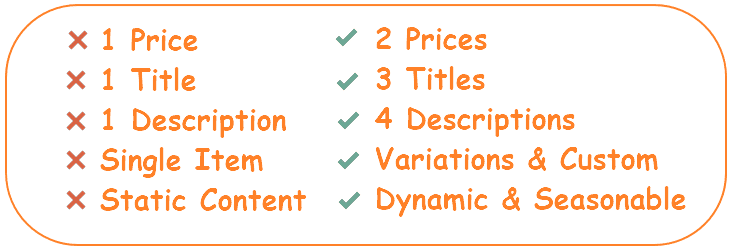
By adhering to these basic requirements, jewelry websites can significantly improve SEO performance, enhance the user experience, and drive better conversions. Jewelry-specific eCommerce software helps automate the work, ensuring that every product page is optimized for maximum impact.
Valigara’s “Top 10 Quick Wins for Jewelry eCommerce Websites”
1. Increase Product Image Count
Jewelry websites suffer from low image count. Many jewelry products feature only a single image, reducing buyer confidence and engagement. With more visual content, shoppers can better assess quality and design.
Valigara’s PIM Solution: Automate the identification of products with fewer than 3 images and add visuals, including promotional images like packaging or certificates, to enhance the customer experience without needing new photography.
2. Add Rich Product Descriptions
Many jewelry websites rely on technical tables without providing detailed descriptions. This lack of storytelling misses opportunities to build trust, especially with female buyers.
Valigara’s PIM Solution: Automatically generate both short, long, and SEO-friendly descriptions to supplement the technical details, helping businesses communicate value effectively and engage shoppers on an emotional level.
3. Improve SEO with Unique Targeted Content
Jewelry websites often use the same content for product page titles, category titles, and SEO titles, leading to content duplication and hurting SEO rankings.
Valigara PIM Solution: Generate unique and SEO-optimized jewelry content and SEO fields in bulk, based on the jewelry specifications, improving search rankings and driving more organic traffic.
4. Optimize Product Image Titles for SEO
Product images on many jewelry websites lack SEO-friendly titles, limiting their visibility in search engine results and image-based searches.
Valigara PIM Solution: Regenerate image ALT titles and rename image file names in bulk to include SEO-optimized keywords, improving image search visibility and driving additional traffic. This is a very powerful optimization because it addresses hard-to-change components such as file names.
5. Lower the PPC expenses with better content $€£¥
Better content leads to better page quality and better SEO, which together influences the you paid advertisement effectiveness. Improving the page quality can bring a solid 15%-20% decrease in PPC and TACOS.
Valigara PIM Solution: Consider SEO and PPC best practices when using content-generating templates. Escape from using the same content for the website users, and Google / other search parameters. Create individual pairs of fields for this, f.i. “H1 title”, “SEO title”, and “Google Merchant title”.
6. Standardize Content Presentation
Inconsistent content formats—such as mixing technical tables with descriptive text or using only one—can create a confusing user experience, leading to lower engagement and conversion rates.
Valigara PIM Solution: Use content-generating templates to standardize content formats. Ensure that descriptive text and technical details are consistently presented across all product pages, enhancing and simplifying user experience.
7. Update Product Variations for Cross-Selling
Jewelry websites often miss cross-sell opportunities by failing to clearly display product variations like colors, sizes, or materials. This prevents buyers from exploring options and effectively making purchases.
Valigara PIM Solution: Automatically generate relevant jewelry variations, creating cross-sell opportunities and increasing overall sales.
8. Showcase Crossed-Out MSRP
Many jewelry products do not display the “full”/MSRP alongside the current price, missing the opportunity to highlight savings and create a sense of urgency in buyers.
Valigara PIM Solution: Calculate and display crossed-out MSRP prices in bulk, showing the value difference and encouraging faster purchase decisions by emphasizing savings.
9. Consistently Display Key Product Attributes
Critical product attributes like gemstone type, metal, and carat weight are sometimes missing or inconsistently displayed, confusing buyers and reducing product discoverability.
Valigara PIM Solution: Standardized product content generation ensures that key attributes are consistently displayed across all product listings, improving clarity and aiding shoppers in finding exactly what they want.
10. Seasonal Adjustments
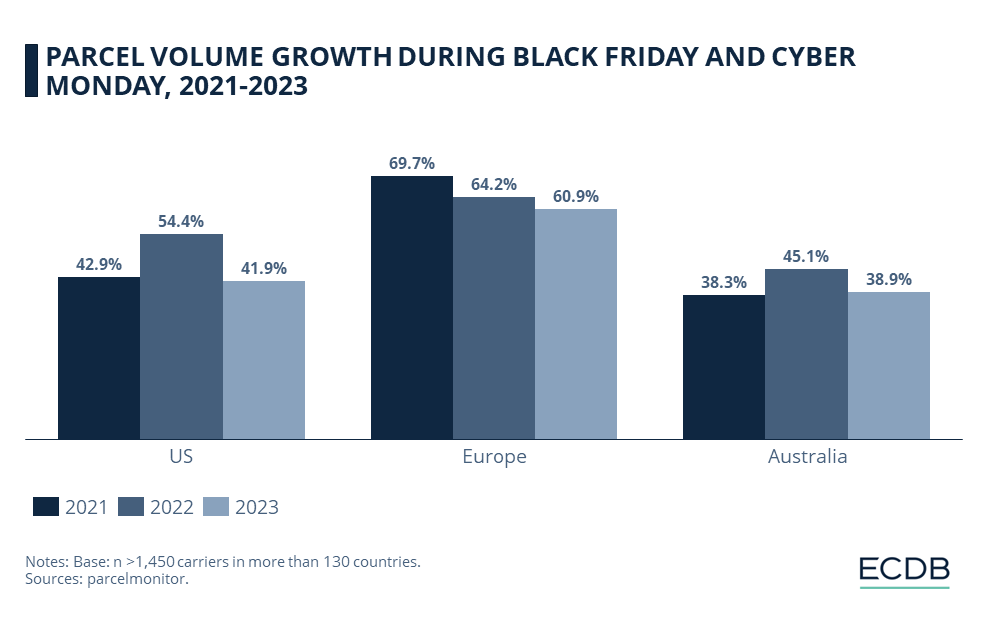
Jewelry sales have strong seasonal effects. Unlike basic views, there is plenty of seasonal events during the whole year. Creating the right season-specific story around the product makes your business stand out from the competition, improves the offering and increases the chances of successfully closing the deal.
Valigara PIM Solution: Automating all content generation processes provides jewelers with the right tools for A/B testing and seasonal content rotation. The ability to schedule these content updates ensures that the technical aspects are completed off-season, removing the hassle from the main sales seasons.
11. Optimize Product Pages for Mobile
A poor mobile experience—slow load times, difficult navigation, and poorly formatted content—can lead to high bounce rates and lost sales, especially as mobile shopping grows.
Valigara PIM Solution: By generating a “clean” product page code, Valigara optimizes product pages for mobile, ensuring fast load times and a seamless user experience across devices.
Valigara automatically resizes and optimizes the files for the web, which positively affects load times and ultimately leads to higher conversion rates.
Related Article: Top PIM effects on jewelry business
Conclusion: Every road starts with one simple step.
Managing jewelry product information can be overwhelming, and keeping data up-to-date is even more challenging, as the data should never be static. However, with the right tools like a jewelry PIM system, many aspects of this process can be easily improved.
Our clients’ data shows an average 32% (!) growth in profitability during the first year after implementing the “10 quick wins” and leveraging automation enabled by Valigara’s jewelry software. As a huge bonus, you ensure your data stays current, organized, and optimized for success.
Get started with the right tools to take your jewelry website performance to the next level!


